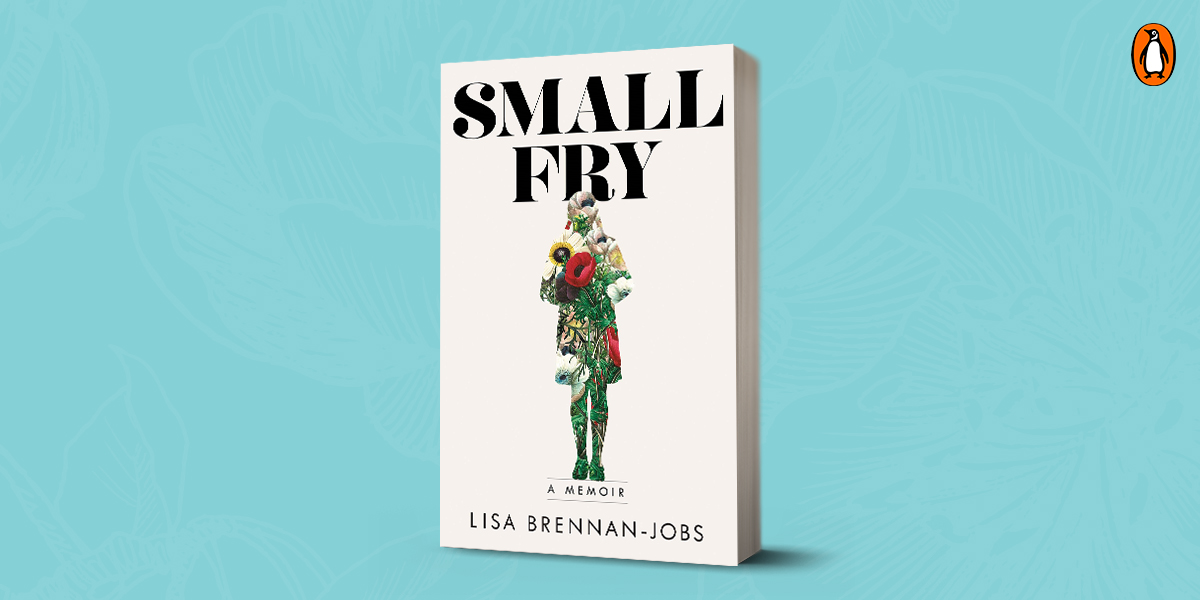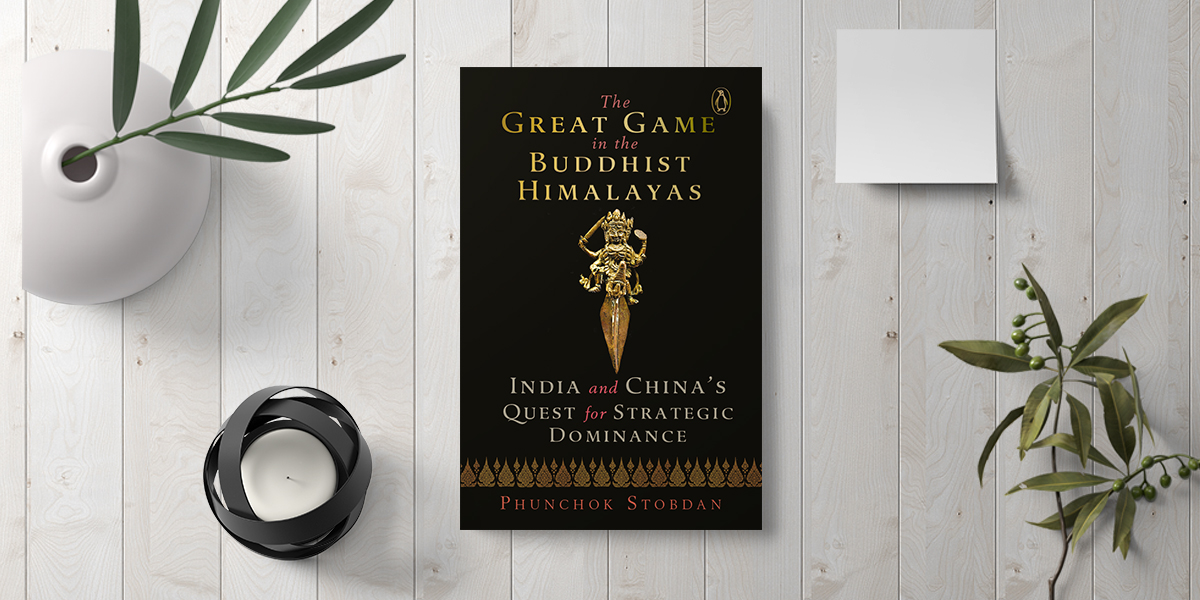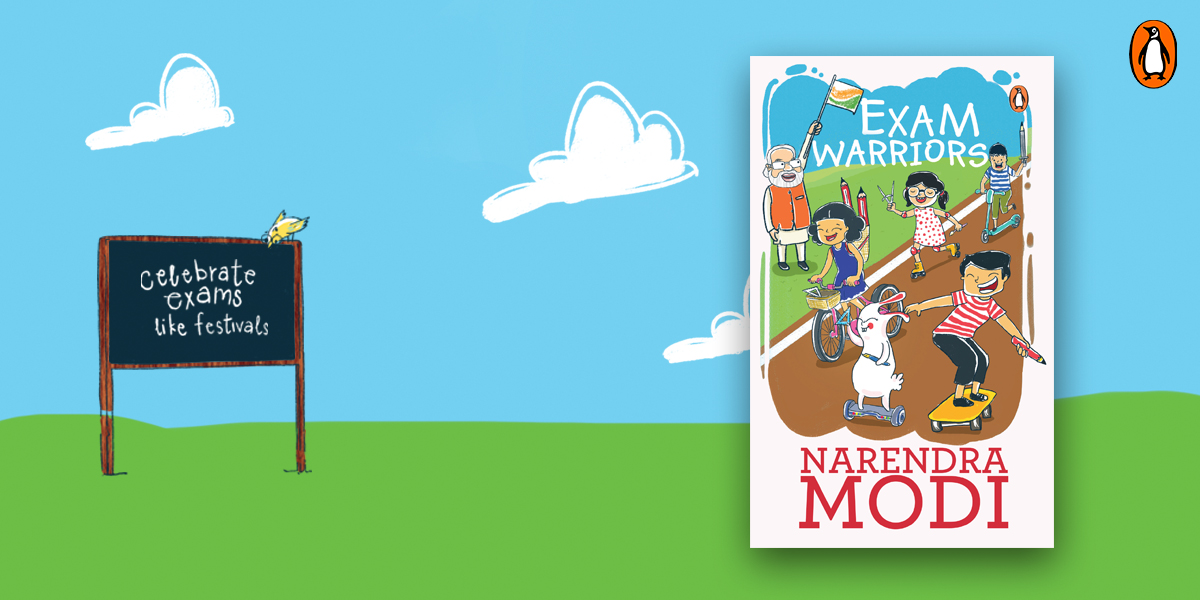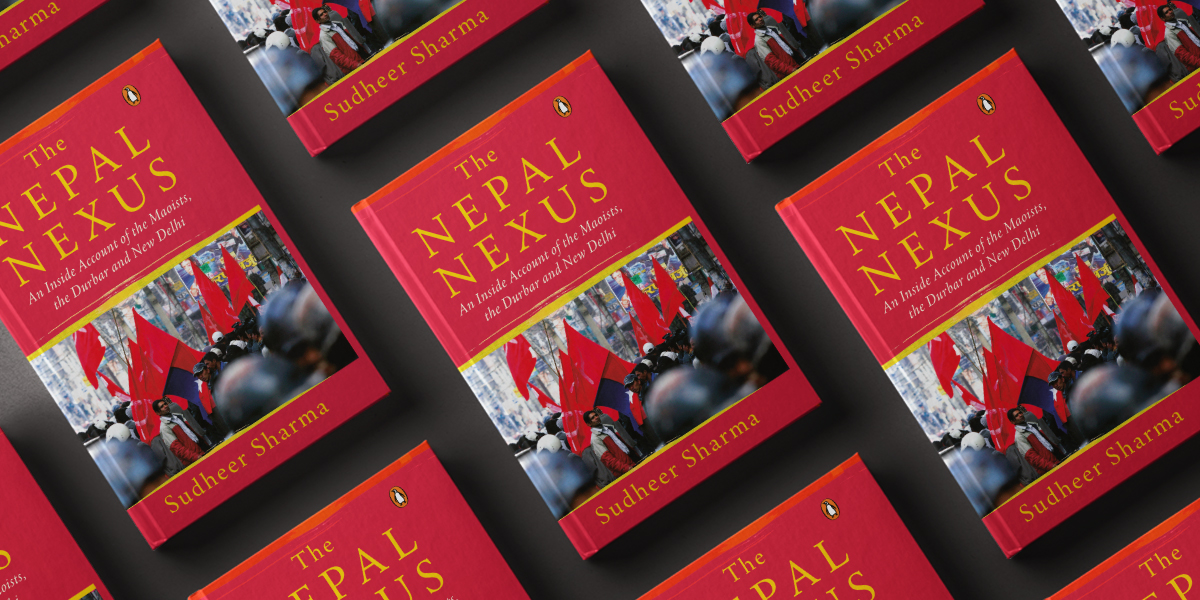How much has India and its ancient Indian texts inspired your thinking and teaching?
Tibet’s first contact with Buddhism occurred with the arrival of a Chinese princess in the seventh century. But, a century later, the Tibetan Emperor chose to introduce Buddhism from India. He invited Shantarakshita, a venerable monk, philosopher and logician, and the foremost scholar of his day at Nalanda University, to visit Tibet. He advised the Emperor to initiate the translation of Indian Buddhist literature into Tibetan.
We Tibetans have kept this tradition alive since then, with its emphasis on the use of logic and reason and its systematic understanding of the workings of the mind and emotions. As a simple human being, a Tibetan and a Buddhist, I myself am a student of this tradition—indeed, every cell of my brain is filled with Nalanda thought. We learn fundamental texts by heart, study classic Indian and Tibetan commentaries to them, and, on the basis of logic and reason, debate what we’ve learned with each other. This sharpens the mind and yields deep understanding.
In the foreword you mention ‘Eight Verses for Training The Mind’, how much has the book influenced you?
This short text the ‘Eight Verses for Training the Mind’ contains instructions not only for developing the awakening mind of bodhichitta, the cultivation of warm-hearted compassion, but also for developing a view of reality. I first received an explanation of it from the then Regent, Tagdrag Rinpoché, when I was a small boy; later I heard it from my junior tutor, Kyabjé Trijang Rinpoché. I’ve been reciting it and thinking about it daily since then.
The text reminds us that when we give to the poor we should do so respectfully; we should treasure ill-natured trouble-makers and give the victory to others, regarding enemies as precious teachers. We should cultivate the practice of ‘giving and taking’ and regard all things as like illusions, asking ourselves whether things really exist the way they appear.
In my daily practice, to review the entire path to enlightenment I use the ‘Foundation of All Excellence’, but to renew my practice of compassion, I recite the ‘Eight Verses for Training the Mind’. There are other times too, when a flight is delayed and I might feel impatient—this is the text I repeat to myself.
If there was a message that you would want to give to the world leaders of today, what would it be?
We need to remember the oneness of humanity, that in being human we are all the same. When I see two eyes, one mouth, one nose, I know I’m dealing with another human being like me. I’m like those young children who don’t care about their companions’ background so long as they smile and are willing to play. To emphasise nationality, religion, and colour just creates division. We have to look at things on a deeper level and remember that we are all the same as human beings.
As social animals, human beings depend on the community in which they live, and these days that community is the whole of humanity. To meet the challenges that affect us all, such as the climate crisis, we must work together. Scientists have been warning us for some time of the dangers we face. We cannot simply exploit this planet and its natural environment; we have to take care of it.
















